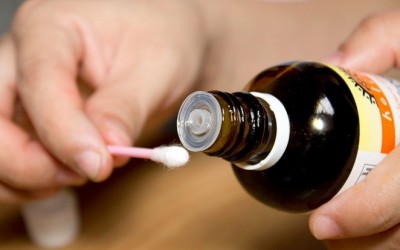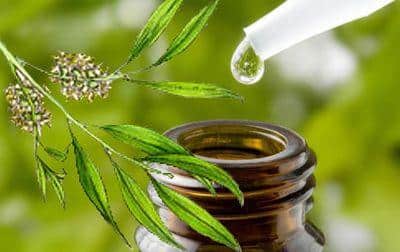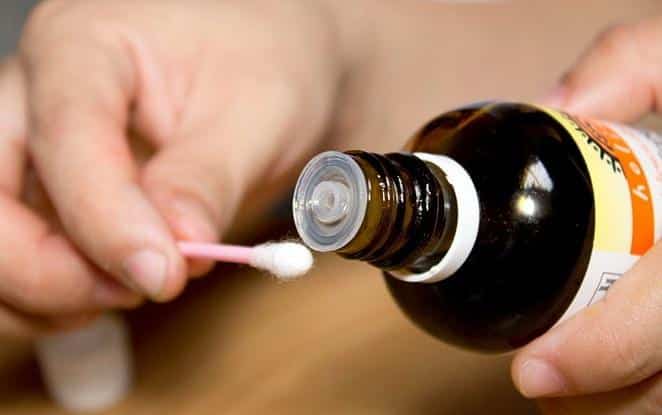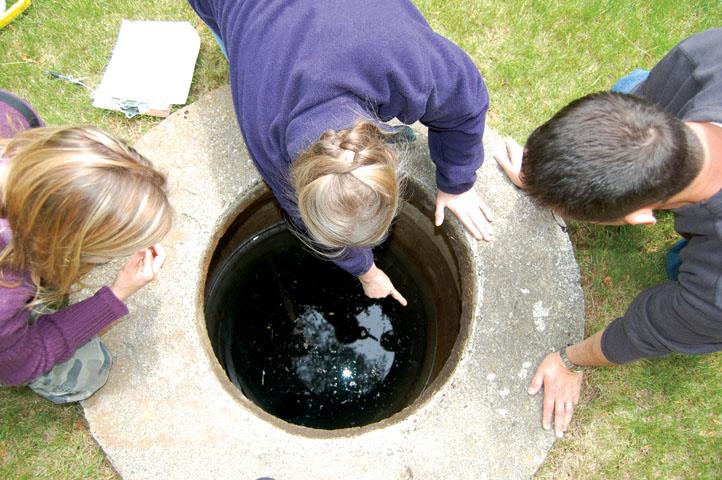 If you desire to cut back on the amount of products you purchase for your household and instead wish to discover multiple purposes for fewer items, essential oils are a great place to start.
If you desire to cut back on the amount of products you purchase for your household and instead wish to discover multiple purposes for fewer items, essential oils are a great place to start.
Tea tree oil, sometimes called melaleuca oil, is distilled from the leaves of the Melaleuca alternifolia plant, which is native to Southeast Queensland and the northeast coast of New South Wales, Australia. Tea tree oil has a fresh, camphor-like scent and a pale yellow to nearly clear appearance.
For centuries, Aboriginal tribes boiled the tea tree leaves of the tea tree to make antiseptic poultices to soothe and treat wounds and skin problems. In fact, an Aboriginal legend describes a lagoon surrounded by tea trees where people bathed to heal their burns and cuts. Tea tree has so many anti-viral and anti-fungal benefits that Australia has traditionally placed it in first aid kits for its soldiers.
Today tea tree oil is available online and in natural foods stores in small dark bottles (to prevent damage by light) for roughly $6 to $7 for a two-ounce bottle. It sounds expensive until you realize you use only a few drops at a time, and how much those few drops can accomplish.
Here are is an alphabetical list of some of the many benefits and uses for tea tree oil.
1. Acne. Tea tree oil is a natural alternative to benzoyl peroxide for treating skin blemishes, plus it will not dry your skin by stripping it of its natural oils or cause redness and peeling. Use a cotton swab to dab a drop or two of oil gently on the blemish. If you have sensitive skin, dilute a few drops of oil with olive oil.
New “Survival Herb Bank” Gives You Access to God’s Amazing Medicine Chest
2. Blisters and boils. Tea tree oil is great to have in the medicine cabinet to soothe and treat minor skin abrasions and cuts. After gently cleaning the affected area, apply a few drops of the oil directly to the wound. Or apply a few drops of the oil to a cotton ball, place it on the wound and cover with a bandage. For blisters, apply a drop of oil directly to the wound. Allow it to dry, and then dust with corn starch. Repeat every few hours or until the blister disappears. For boils, first apply a warm washcloth for a few minutes. Then add a drop or two of tea tree oil to the area. The infection should rise to surface.
3. Cleaning. Add tea tree oil to your natural household cleaning arsenal. To create a fresh-smelling all-purpose natural cleaner, combine two teaspoons of tea tree oil and two cups of water in a spray bottle. Shake to mix. The spray is great for cleaning kitchen counters, bathroom surfaces and high chairs.

4. Earaches. Relieve a painful, aching ear by adding two drops of tea tree oil to 2 tablespoons of warm olive oil. Drop one or two drops into aching ear. Repeat several times daily.
5. Fungus prevention. Tea tree oil is useful for treating athlete’s foot, eczema and nail fungus. For athlete’s’ foot, first clean feet thoroughly. Then add oil directly to feet, dusting with corn starch afterwards. Repeat daily. Another option is to add 10 drops of oil to one tablespoon of grape seed oil or olive oil or carrier oil and massage on feet and in between toes daily. For nail fungus, place one or two drops of oil directly on nail and the surrounding tissue. Allow to dry. Repeat twice a day for one week.
6. Insect repellent. Combine 15 drops of tea tree oil in a quart of water to use as an effective insect repellent. Also, placing a drop of tea tree oil directly on ticks will get them to unlatch themselves.
7. Laundry. Add a few drops of tea tree oil to your laundry load to give a fresh scent. Forget to put your towels in the dryer? Add one half teaspoon of tea tree oil to the load as you place them in the dryer to get rid of any musty odor.
8. Mold and Mildew. The same water and tea tree oil mix as for the cleaning spray will help control mold and mildew in a bathroom or damp basement. Another option is to mix apple cider vinegar with a few drops of tea tree oil. Shake well and spray on areas with mold and mildew. Then wipe away.
9. Odor. Tea tree oil’s fresh scent really helps cut down on unpleasant odors. Use a water/oil mix to clean a diaper pail. Or place a few cotton balls moistened with tea tree oil in a small bowl in areas where odors linger, such as the bathroom or kitty litter pan area.
10. Psoriasis. To soothe psoriasis, add 10 drops tea tree oil to one tablespoon olive oil and gently massage into skin. Repeat two to three times a day.
11. Ringworm. Apply a drop or two of oil directly to affected area. If you are sensitive, mix with olive oil. Repeat two to three times a day.
12. Sunburn: To soothe sunburned skin or minor kitchen burns, mix one tablespoon coconut oil with one drop of tea tree oil and one drop of lavender oil. Apply gently to the affected skin.
13. Toothbrushes: Clean and sanitize toothbrushes by applying two to three drops of oil to the brushes and then thoroughly rinsing them.
14. Warts: Apply one or two drops of oil directly on the wart morning and night until the wart begins to disappear. You may dilute with a carrier oil if you have sensitive skin.
Please note that tea tree oil should not be ingested, and it is a good idea to consult your doctor before using on children or if you are pregnant or nursing a baby. Also, while some pet owners swear by tea tree oil as a flea repellent for their pets, some veterinarians warn it can be harmful to pets.
Be sure to let us know what other uses you have found for tea tree oil. Tell us in the comments section below.
Sign up for Off The Grid News’ weekly email and stay informed about the issues important to you












